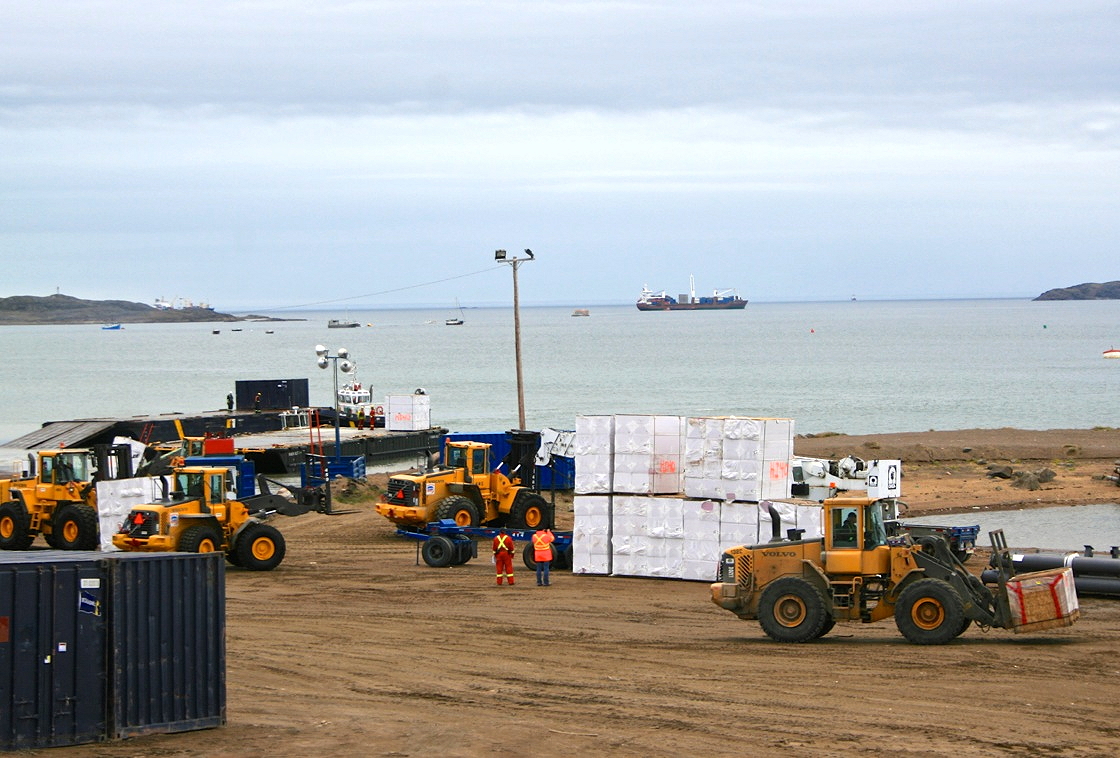Liberal infrastructure plan produced northern spending slump: report
The decrease in local spending appeared to be an unintended consequence of the federal plan.

A much-ballyhooed federal infrastructure plan appears to have had the unintended consequence of creating a slump in spending on capital works projects across northern Canada, according to a new report.
A federal government website describes the Investing in Canada Plan, or IICP, as “making historic new investments in infrastructure — more than doubling existing funding — to build the cities of the 21st century and provide communities across the country with the tools they need to prosper and innovate.”
Among the stated priorities of the plan, which commits $180 billion over 12 years, is spending on rural and northern communities, to help spur economic growth and transition to a green, low-carbon economy.
But, according to a report prepared by Canada’s Parliamentary Budget Officer, released on April 9, the IICP appears to have prompted the Government of Nunavut to scale back its capital spending plans.
“Consistent with our findings for provinces, we estimate that not only territories did not spend according to their plans prior to the introduction of the IICP, some of them have also revised their planned capital spending downwards (Northwest Territories and Nunavut) after the start of IICP,” the report states.
“Based on PBO’s calculations, the level of capital spending in the territories was $111 million lower in 2016-17 and 2017-18 than what it would have been in the absence of IICP.”
However, some of the big swings described in the report involve the Northwest Territories and Yukon, while changes in spending by the Government of Nunavut are less pronounced.
Territorial governments planned to spend $1.5 billion on capital projects in 2016-17 and 2017-18, according to their budgets. But, after the introduction of the IICP, they revised this spending downward, and in the end only spent $1.3 billion—$193 million less than expected.
That drop is largely due to lower spending in the Yukon, which let $201 million in capital projects lapse during those years. By comparison, the Government of Nunavut let $4 million in capital spending lapse during the same period.
The PBO also found that for every dollar spent by the federal government, the three territories spent $3.7 in 2017-18. That’s down from $6 a year earlier.
Less dramatically, the GN spent $2.6 for every federal dollar in 2017-18, down 30 cents from a year earlier.
An earlier report by the PBO similarly found that capital spending in Canada’s provinces were revised downward following the introduction of the IICP.